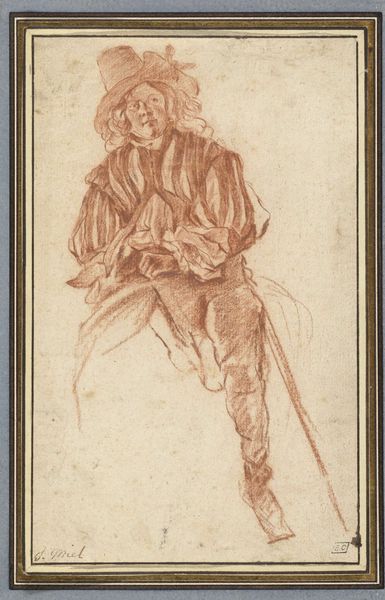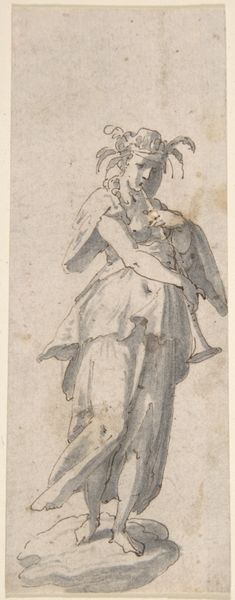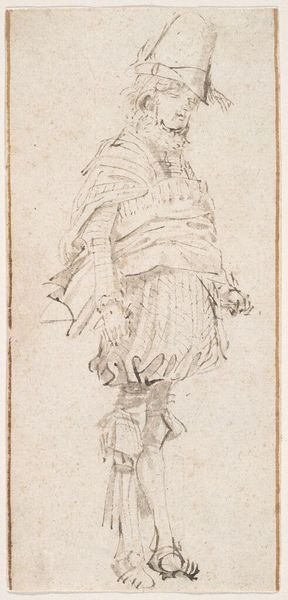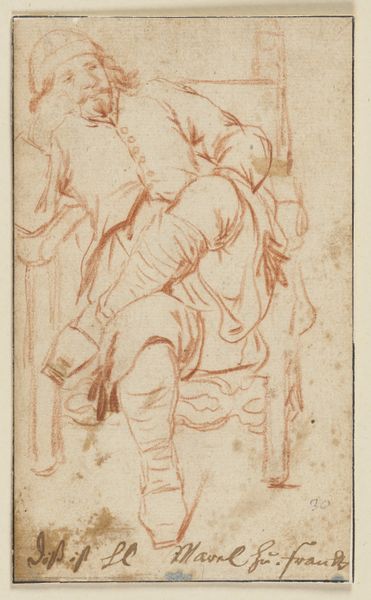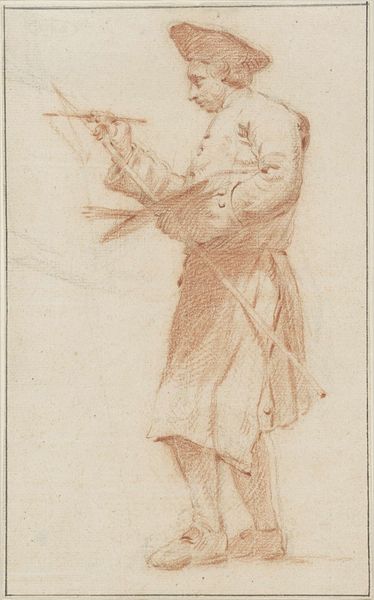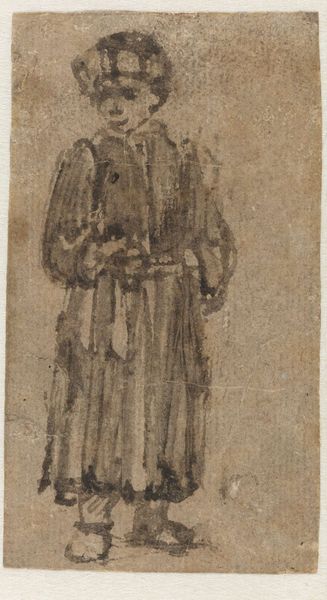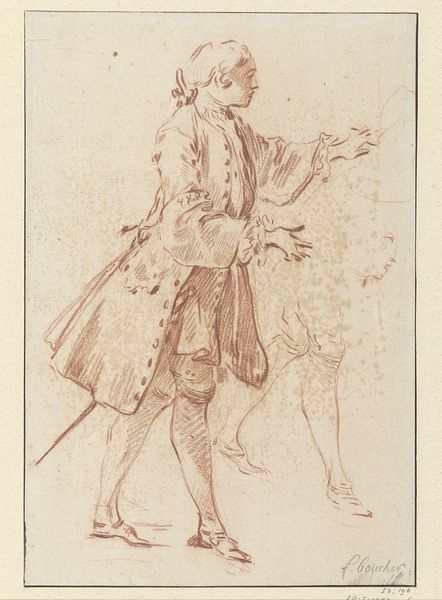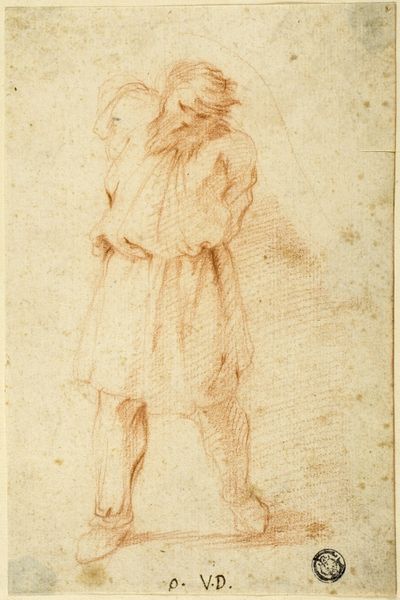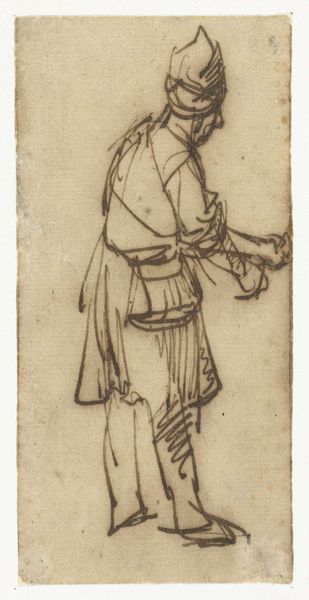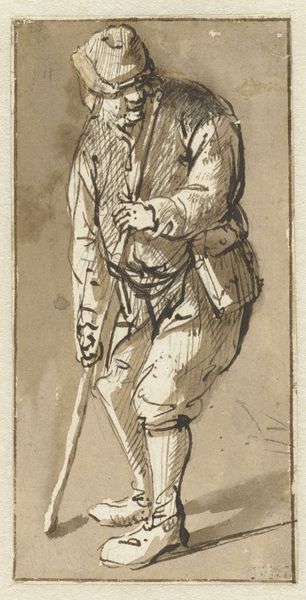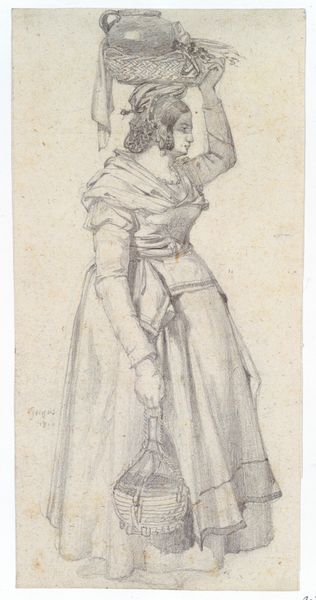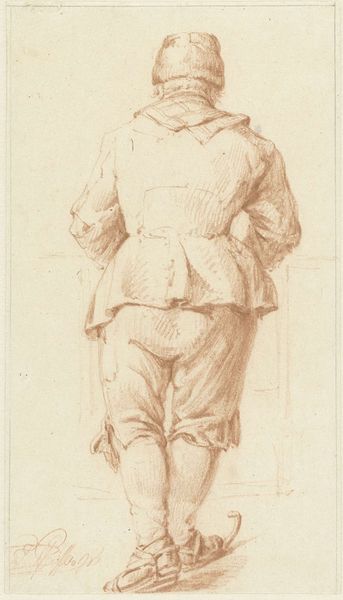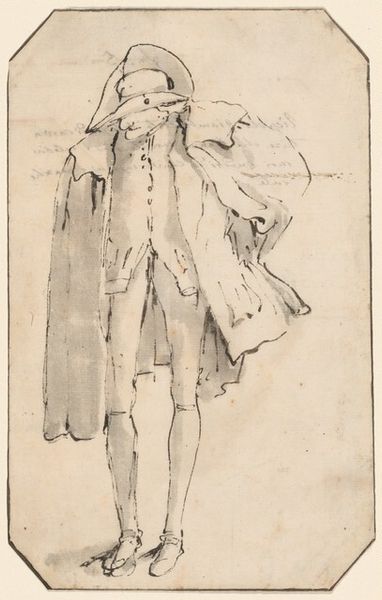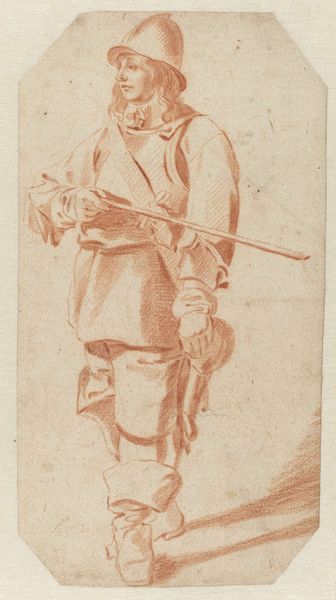![['Study for Philinte', 'Design for the illustration of "Le Misanthrope\'\' from the 1734 edition of Molière\'s works (vol. III, p. 341)'] by Francois Boucher](/_next/image?url=https%3A%2F%2Fd2w8kbdekdi1gv.cloudfront.net%2FeyJidWNrZXQiOiAiYXJ0ZXJhLWltYWdlcy1idWNrZXQiLCAia2V5IjogImFydHdvcmtzL2ZiYjU4MDJhLWFiZjQtNDEwYy1iYTdjLTY3Y2Y4Mzk0MzJmNC9mYmI1ODAyYS1hYmY0LTQxMGMtYmE3Yy02N2NmODM5NDMyZjRfZnVsbC5qcGciLCAiZWRpdHMiOiB7InJlc2l6ZSI6IHsid2lkdGgiOiAxOTIwLCAiaGVpZ2h0IjogMTkyMCwgImZpdCI6ICJpbnNpZGUifX19&w=1920&q=75)
['Study for Philinte', 'Design for the illustration of "Le Misanthrope\'\' from the 1734 edition of Molière\'s works (vol. III, p. 341)'] 1713 - 1734
0:00
0:00
francoisboucher
Rijksmuseum
drawing, pencil
#
portrait
#
drawing
#
figuration
#
coloured pencil
#
pencil
#
academic-art
#
rococo
Dimensions: height 374 mm, width 177 mm
Copyright: Rijks Museum: Open Domain
Editor: This is Francois Boucher’s "Study for Philinte," made sometime between 1713 and 1734. It's a pencil and coloured pencil drawing, a preliminary sketch, it seems, for an illustration of Molière’s *Le Misanthrope*. The character appears lost in thought, almost burdened. What strikes you when you look at it? Curator: Ah, Boucher! What a whirlwind of frills and fantasies, even in his preparatory sketches! He's not just capturing Philinte; he's whispering secrets of the Rococo. Look at that almost reckless use of red chalk, the fluidity. I see a mind buzzing with ideas, wouldn't you agree? Is it possible, maybe, that he’s suggesting that Philinte himself is burdened? Editor: I see what you mean, the looseness gives it such energy. I initially thought it was burdened, but now I can appreciate the inner thought better. The clothes feel light despite the stance. Do you think this speaks to Rococo generally? Curator: Precisely! The Rococo wasn't just about pretty surfaces, you know? Underneath the powdered wigs and silk gowns, there was often a probing of human nature. I wonder... Do you find Boucher successfully conveys Philinte's mediating role within the play, or does the inherent flamboyance of the style overshadow the character’s… practicality? Editor: That's a great question, and honestly, I am unsure, it almost overshadows what is practical because there's a whimsicality to it. Curator: Perhaps, it's a gentle dance between seriousness and style— a taste of what was to come in the completed illustration? Editor: This has definitely given me a lot to think about – especially Boucher's role in both illustrating a text, but still staying true to himself. Curator: Indeed, art is about opening your eyes and mind—what's visible and invisible.
Comments
No comments
Be the first to comment and join the conversation on the ultimate creative platform.
